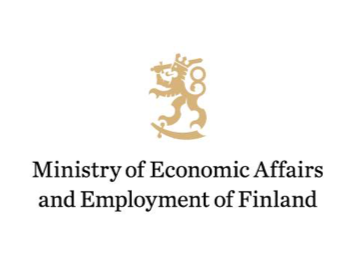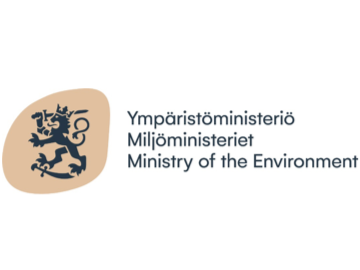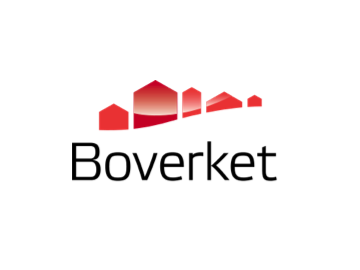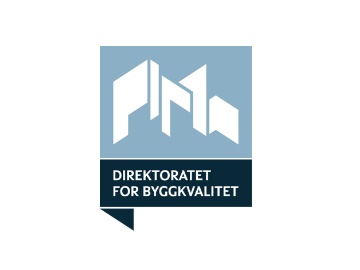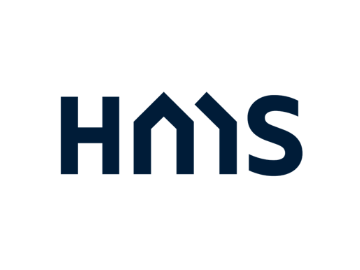1st of June 2023, 9 am – 3 pm Helsinki (CET +2:00) Building a Circular Environment – a WCEF2023 Accelerator Session, Pankkisali, Aleksanterinkatu 7, Helsinki and Online.
As we all have heard, the construction industry uses up to 40% of the raw materials used in the EU. Therefore, involving the industry is paramount in achieving circularity. What is stopping us from achieving fully circular business models? How could the industry be nudged to innovate and build a circular environment? This seminar on material consumption and circularity in the construction and real estate sector provided answers to the concrete issues facing the industry.
As a cooperation between the Finnish Ministry of the Environment, City of Helsinki, UN Environment Programme, Green Building Council Finland, and Demos Helsinki, a seminar on the circular construction was held in Helsinki. This event is an Accelerator Session at the World Circular Economy Forum 2023 (www.WCEF2023.com) and was designed to complement the World Circular Economy Forum 2023 main session focused on construction. The event was also a part of the Global Alliance for Buildings and Construction Annual Assembly.
Transitioning to Circularity Offers Solutions to Climate Challenges
The event was opened by Juhani Damski of the Finnish Ministry of the Environment and Paul Cronjaeger of the German Directorate International Climate Action and Energy Transition.
The opening remarks emphasized the importance of circularity in achieving climate goals set by both governments, the EU and the parties of the Paris Climate Agreement. Mr. Damski emphasized the longevity of existing building stock as the most readily available solution. Mr. Cronjaeger noted the shift in construction towards the global south: a majority of new structures will be located in the fastest growing cities.


Data-Driven Decision Making
The United Nations Environmetal Programme has commissioned a study on circularity in the global construction sector from Yale University. At the event the publication was presented by Dr. Anna Dyson and Dr. Barbara Reck. The full publication will be published shortly.
Dr. Anna Dyson began by emphasizing the importance of data flow within construction projects and also maintenance of existing buildings. The data required to distinguish necessary actions for carbon reduction is vast and parties of projects must be able to cooperate and co-create on solutions. Data flow can be facilitated through the application of digital solutions such as Building Information Modeling (BIM). Through examples she conveyed the most effective carbon reductions are those in which material are reused, reassembled or recycled.
Dr. Barbara Reck continued by elaborating the reasoning behind presented carbon reduction recommendations. A majority of construction related emissions are a result of the use of concrete, steel, aluminum, plastics, glass or masonry related products. The role of concrete and steel are emphasized by the sheer volume of product consumed. The emissions of both materials could be deducted with existing solutions such as opting for renewable energy and recycled materials, when possible. However, these solutions will not fully decarbonize the industries. Further innovation is required if construction using these materials is to continue as it has for the past decades.


Utilizing Data in Practice
To discuss circularity, data and regulation in practice, Xavier Mayer of Saint-Gobain, Matti Kuittinen of Aalto University and York Ostermeyer of CUES were invited to join a panel discussion. The panel was moderated by Jonathan Duwyn of the United Nations Environmental Programme.
Xavier Meyer gave an industry point of view to the affore mentioned challenges. Saint-Gobain is committed to circularity for its environmental benefits and has worked strategically to be the industry leader in the field. However, linear production seems to be more financially viable in many product groups and legislation is typically formulated with linear processes in mind. The company has created data collection methods to enable efficient monitoiring.
Matti Kuittinen expressed that the lack of data is not as imminent as the lack of quality data. Data is often used for evaluating future scenarios which are anything but certain. As such, generic data is needed to ensure evaluations are based on the most likely scenarios.
York Ostermeyer led with a notion of under documentation of buildings. Mere photographs would aide in designing renovations and maintenance of buildings, but most of the time documentation is severely lacking. Building passports and information databases are often reinvented as solutions for lack of data. The real issue seems to be that everyone wants data, but no-one wants to deliver theirs.


Transformation Through Sustainable Materials
Mohak Gupta of Development Alternatives had been invited to present their work on delivering and promoting scalable solutions that enable resilient economies for everyone in India. The material consumption in the regions is growing rapidly which poses a major threat to both the local and global environment: domestic extraction in India grew by over 300% between 1970-2019.
To tackle this issue Development Alternatives have created a project focusing on reducing embodied emissions, addressing the gaps in the construction value chain, and developing a sustainable building material market in India. The project includes creating a roadmap and analyzing resource flows in the sector.
The project has landed on three main action areas: policy frameworks, skills and innovation, and market development. Aligning the mandates of circularity and resource efficiency with larger narratives would enable for a smoother transition. There is a need for enhanced advocacy and diplomacy, fostering technological and social innovation through systemic intermediation and building the caste for the economic opportunity form circularity to drive finance and investments.
The full presentation is available here.
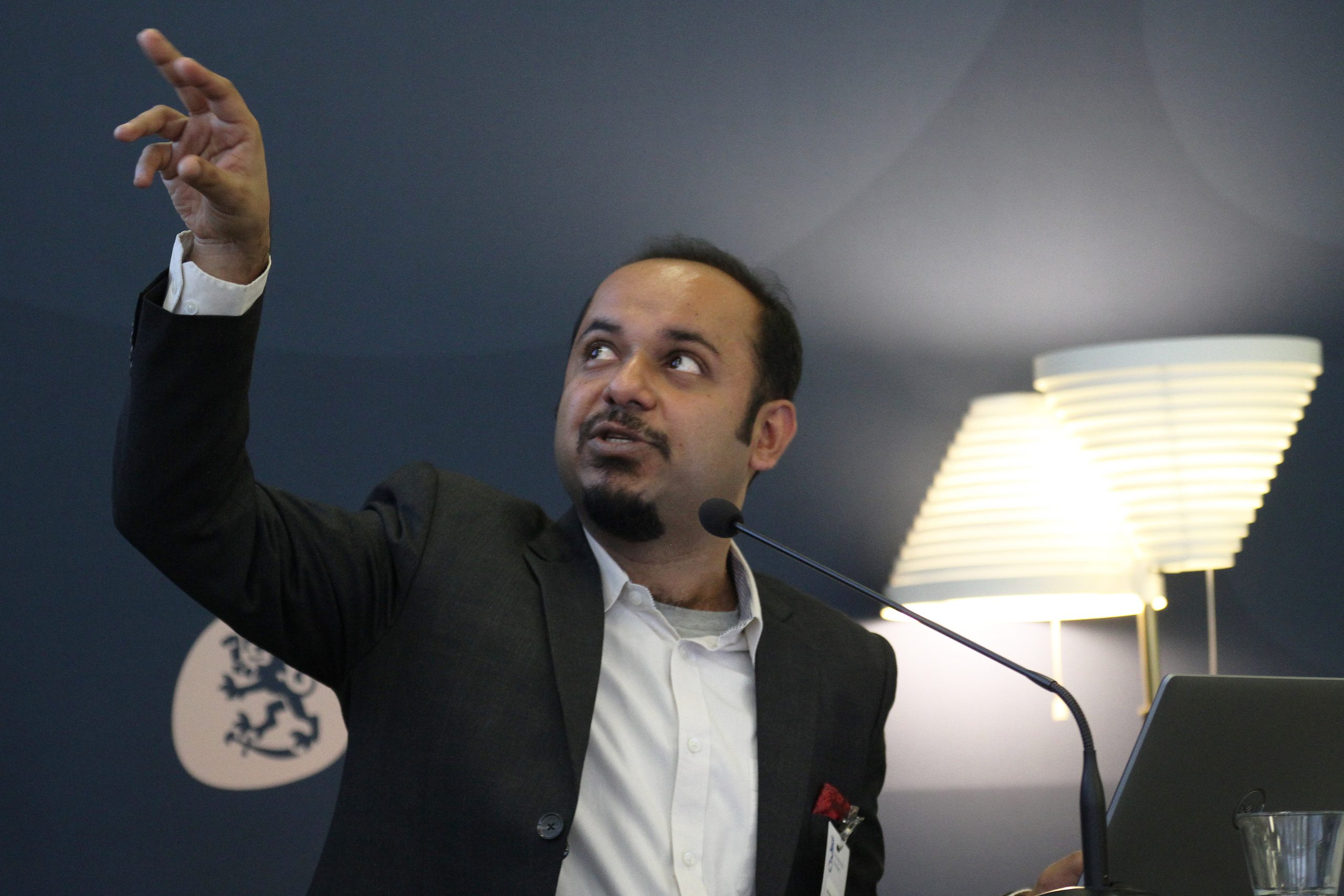
Making Circularity Reality in Oslo
The second case example was presented by Åshild Wangensteen of MAD Architects in Oslo. In collaboration with Entra the architecture company has just completed construction on a renovation and extension of a fully circular office building on Kristian Augusts gate in central Oslo. The project is aptly called KA13.
Though the project is on the smaller side the solutions innovated by the team can be extended to projects of all sizes. When the project was first initiated the team considered tearing the existing building down and starting anew but opted for refurbishing and extending using sustainable materials. At first it seemed the team would need to apply for easements in construction requirements from the city, but after those were denied, it was discovered they were unnecessary to begin with.
Reused parts in the building include and are not limited to hollow core slabs, steel structures, windows, doors, façade materials and tiles. As a result, the construction of the building caused up to 70% less emissions compared to a typical project. A key to making the project function was relying on good design. It is impossible to sometimes find the exact product you were looking for, but good design helps you utilize the materials you have.
The team have put together an in-detail guide on their experiences breaking down the challenges and possibilities of piece by piece. The guide is available here.
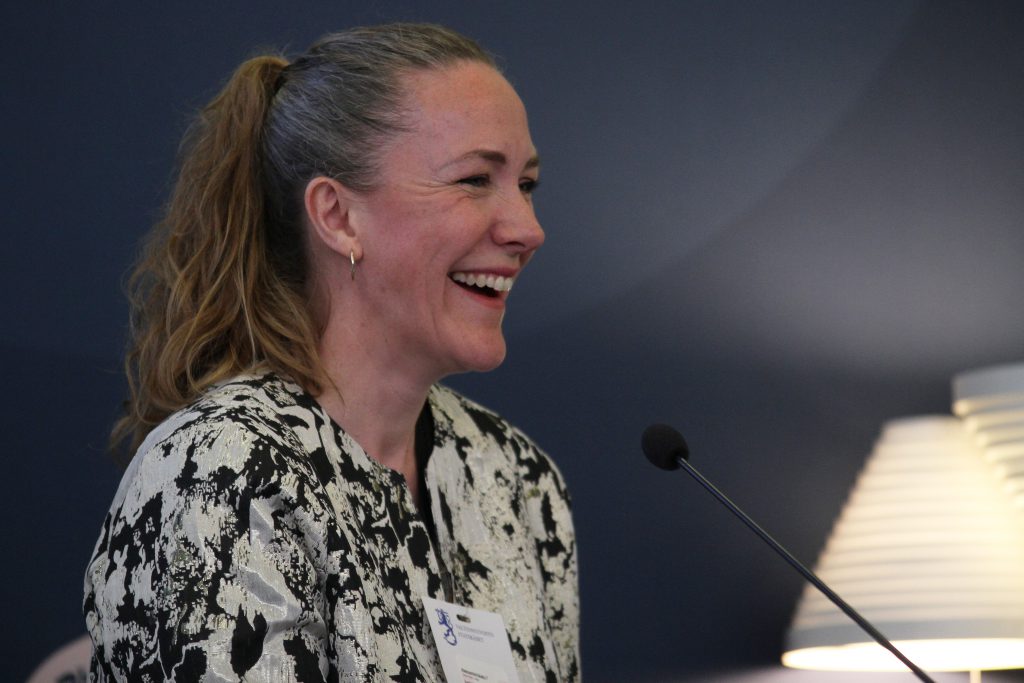
A Shared Vision to Lead the Way
Luca de Giovanetti from the World Business Council for Sustainable Development reflected on the findings of the day and the World Circular Economy Forum in general. A common vision and language is necessary for mutual comprehension, indicators and monitoring. The Global ABC works to facilitate this on a large scale through dialogue and involvement of all stakeholders. The Circular Buildings Coalition’s recent report has also been invaluable in creating discourse.
Circularity still faces many challenges. Current ownership models, finance, pricing and market place are all developed for a linear economy. The presentations of the seminar are excellent examples that challenges can be overcome, when focus is on how to use available resources as opposed to how to find specific resources.
The audience also has the possibility to join a survey on the skills attained and required to enhance circularity. The exercise was facilitated by Nani Pajunen of Afry. An in depth article on the survey results is available here.


The event was closed by Harri Hakaste from the Ministry of the Environment. The Nordic market has been pushing sustainability through two major programmes: the Nordic Sustainable Construction Programme and the Nordic Networks for Sustainable Construction. Nordic stakeholders collaborate to develop standards and national programs successfully. Collaborating locally is always recommended!
The audience was also reminded of the possibility to join the Nordic Climate Forum for Construction either in person in Helsinki or online on the 15th of September 2023. More information about the event is available here.
The event was hosted by Miisa Tähkänen of the Green Building Council Finland.
The event is organized by Finnish Ministry of the Environment, City of Helsinki, UN Environment Programme, Green Building Council Finland, and Demos Helsinki. This event is an Accelerator Session at the World Circular Economy Forum 2023 (www.WCEF2023.com).” Photographs provided by Pekka Huovila.



